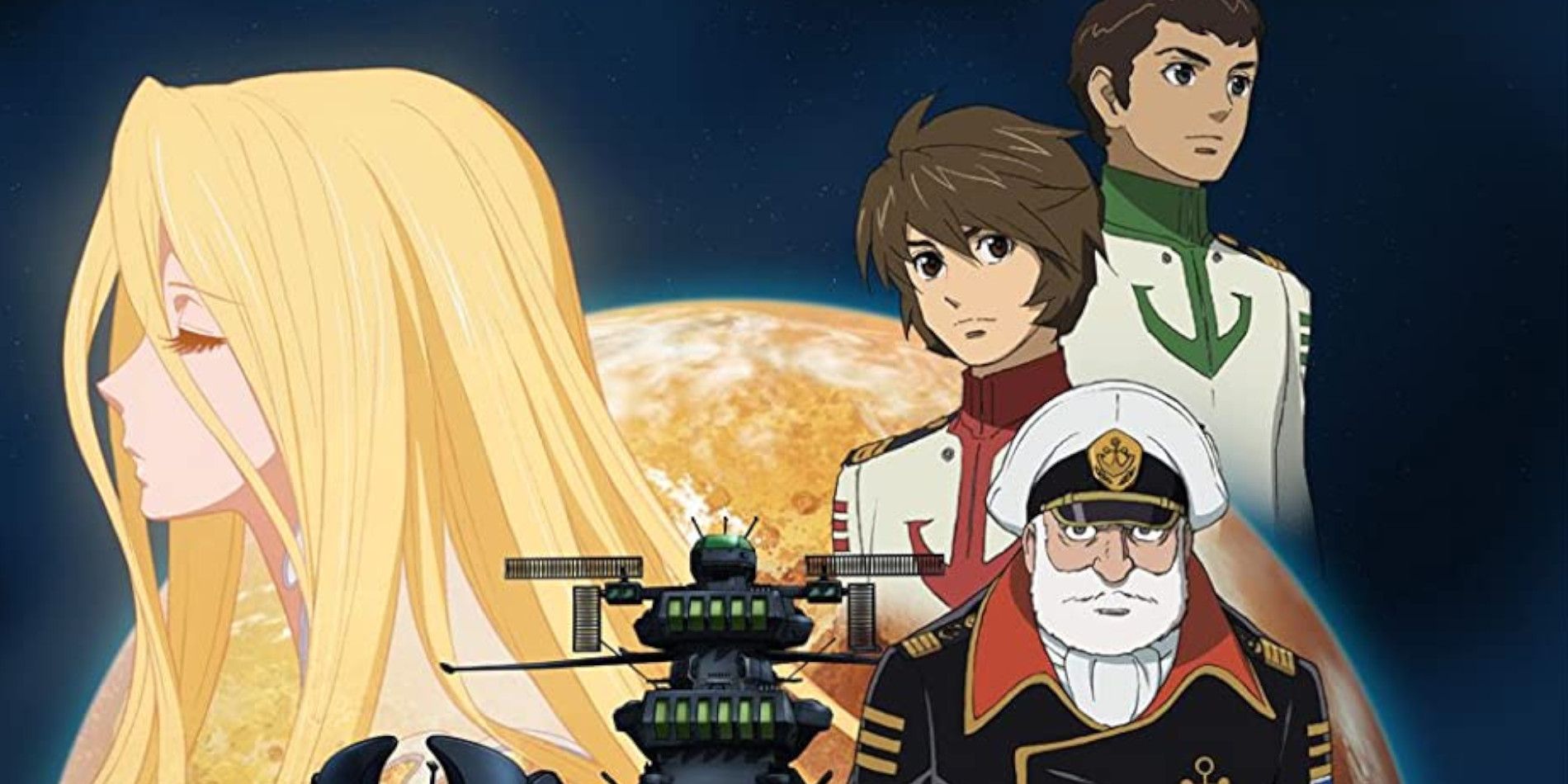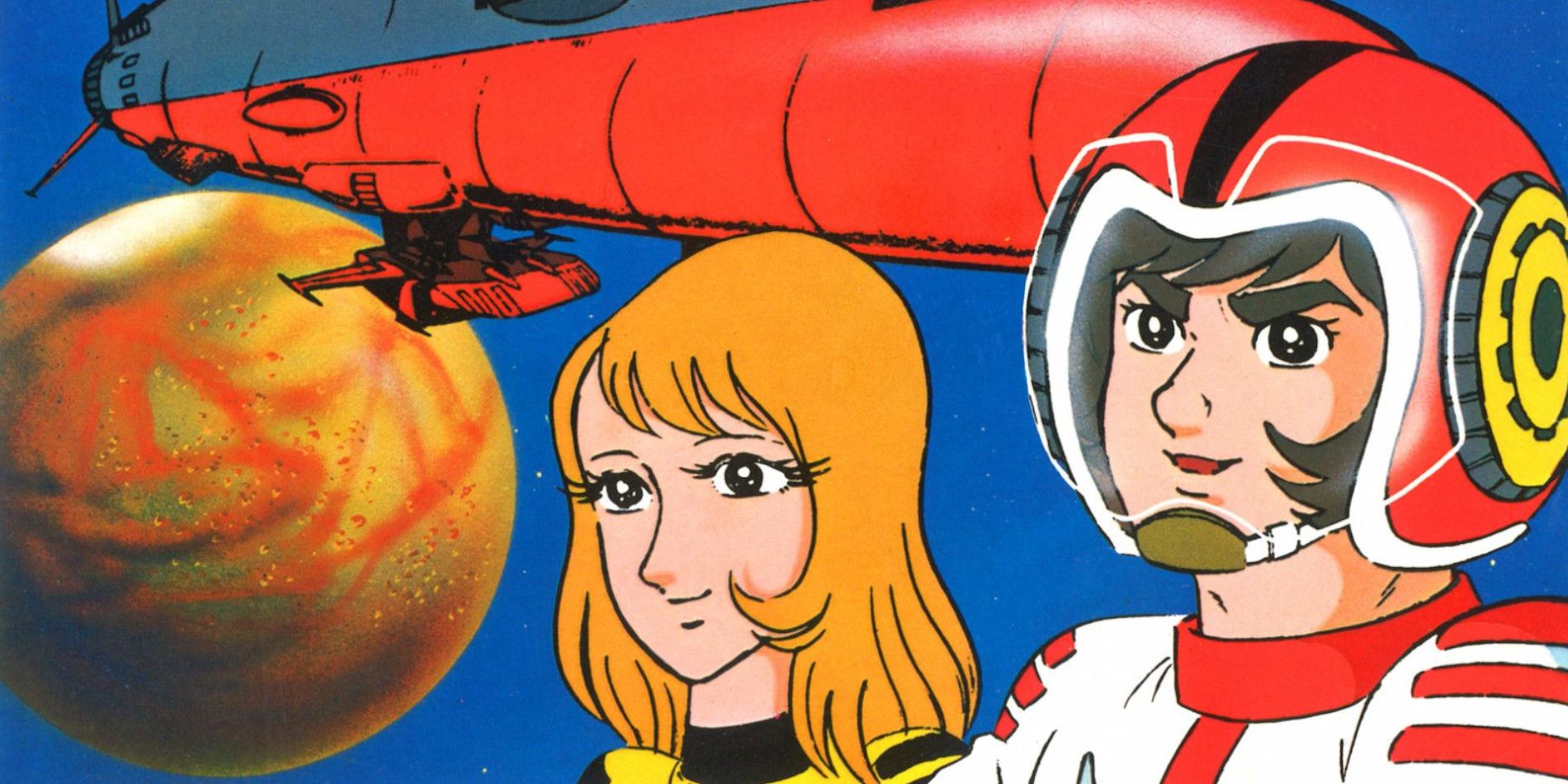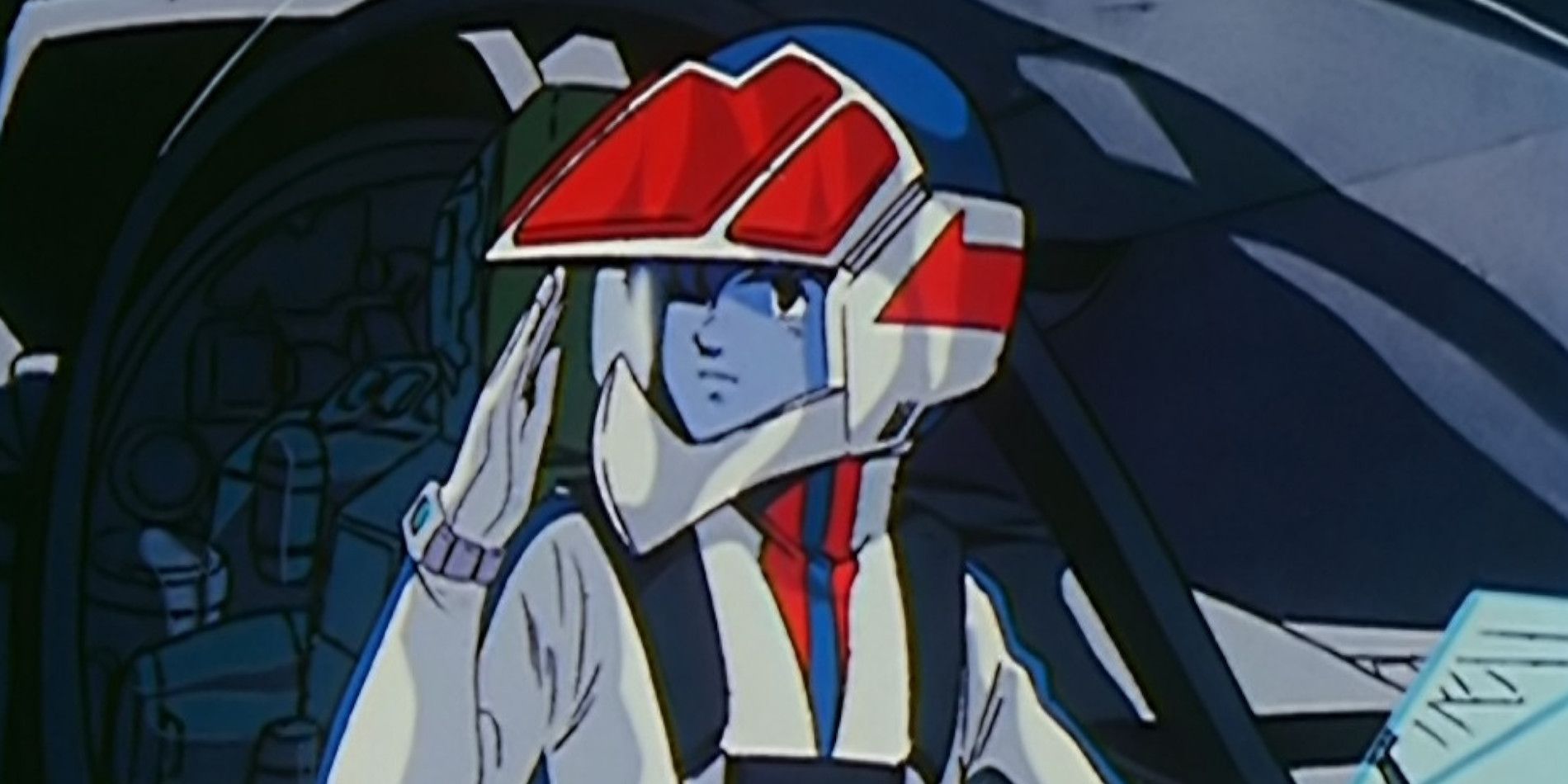While the past few years have been rocky, anime conventions are as popular as ever. Conventions are an opportunity for fans to share their passion and for companies to promote their newest creations. Anime conventions in America have a fascinating history. Older conventions act as captivating time capsules, letting us see what was popular in the past. While some featured shows are still as popular as ever, others have fallen into the cracks of history.
The title of "America's First Anime Convention" is heavily debated. However, the discussion differs greatly depending on what one would consider an anime convention. Long before the convention structure many fans are used to now, many local groups met to discuss, watch, and share anime. Many of these groups would have space at more generalized nerd and sci-fi conventions rather than hosting their own dedicated events, with anime screenings and trading circles being popular activities, even if the rest of the convention focused on other media. However, the three top contenders for the title are YamatoCon which started in 1983, Animagic in 1986, and Project A-Kon in 1990.
As the name suggests, YamatoCon was a celebration of Space Battleship Yamato, an anime that debuted in Japan in 1974. Held in Dallas in 1983, the one-day event featured a showing of the first 26 episodes of Star Blazers, the 1979 American dub of the Space Battleship Yamato anime. As an added bonus, visitors to the event were also treated to a screening of one of the Space Battleship Yamato movies in Japanese. This would have been a major attraction at the time, as importing physical media pre-internet was a complex, time-consuming, and often expensive task. While Space Battleship Yamato is not the most popular franchise in America, the series is still active in Japan with Star Blazers: Space Battleship Yamato 2205, a remake of the Space Battleship Yamato: The New Voyage movie having landed last year.
In 1986, the Animagic convention was launched. This con was more extensive in scope than YamatoCon. It also featured a special guest, Aline Leslie, the actress who voiced Lisa Hayes in the Harmony Gold show Robotech, which was the most popular and accessible anime-related show in America in the mid-80s. Alongside this were more Star Blazers showings, larger salesrooms, and other attractions. Today, the Robotech franchise is dormant, with the last entry in the franchise being Robotech: Love Live Alive from 2013. However, Super Dimension Fortress Macross, Super Dimension Cavalry Southern Cross, and Genesis Climber MOSPEADA, the shows used to create Robotech, are still popular. The Macross franchise released a new movie called Macross Delta the Movie: Absolute Live!!!!!! In Japan in 2021. And earlier this year, films based on Macross Frontier got official American releases, allowing American fans to finally enjoy these cult classic movies.
In 1990, Project A-Kon was launched in Dallas. Today, A-Kon is the longest-running anime convention in America. However, the first A-Kon had a weird mix of special guests. The 380 people who turned up were treated to talks by the animator Louis Scarborough JR., comic book artist Steve Krueger, and animator Tex Henson. The fan guest of honor was B-D Banzai, known in the community for creating Dirty Pair parodies. Animag editor Trish Ledoux and Jeffery Tibbetts of Pacific Rim Publishing, the company which published Animag were also present.
This is fascinating as Trish published a write-up of the event in Animag. Before social media, these write-ups were the only way for those not present to learn about what happened at the convention. Interestingly, unlike YamatoCon, the first A-Kon had a lot more non-anime content, with most of the guests only tangentially linked to the anime medium. However, Trish notes that one room featured a showing of Lupin III: Castle Of Cagliostro from 1979. This is fascinating, as while a subtitled version had been shown at film festivals in the 1980s, it wouldn't get a full American theatrical release until 1991. It also shows how beloved Lupin III has always been as the franchise remains a staple in Japan and America, with Lupin the 3rd Part 6 recently finishing its broadcast run.
It is fascinating to see how the American anime fandom has grown over the years. While these conventions may seem minuscule to non-attendees, they laid a foundation that other events have built on, and today many large cities have their own dedicated anime conventions. While some series featured during these conventions might not be as popular as they were at the time, you can see that many franchises featured are still going strong today, and some have cemented themselves as legends. In many ways, it is a reminder that while things change and time moves on, people don't change that much, and a good story can always unite a community.



